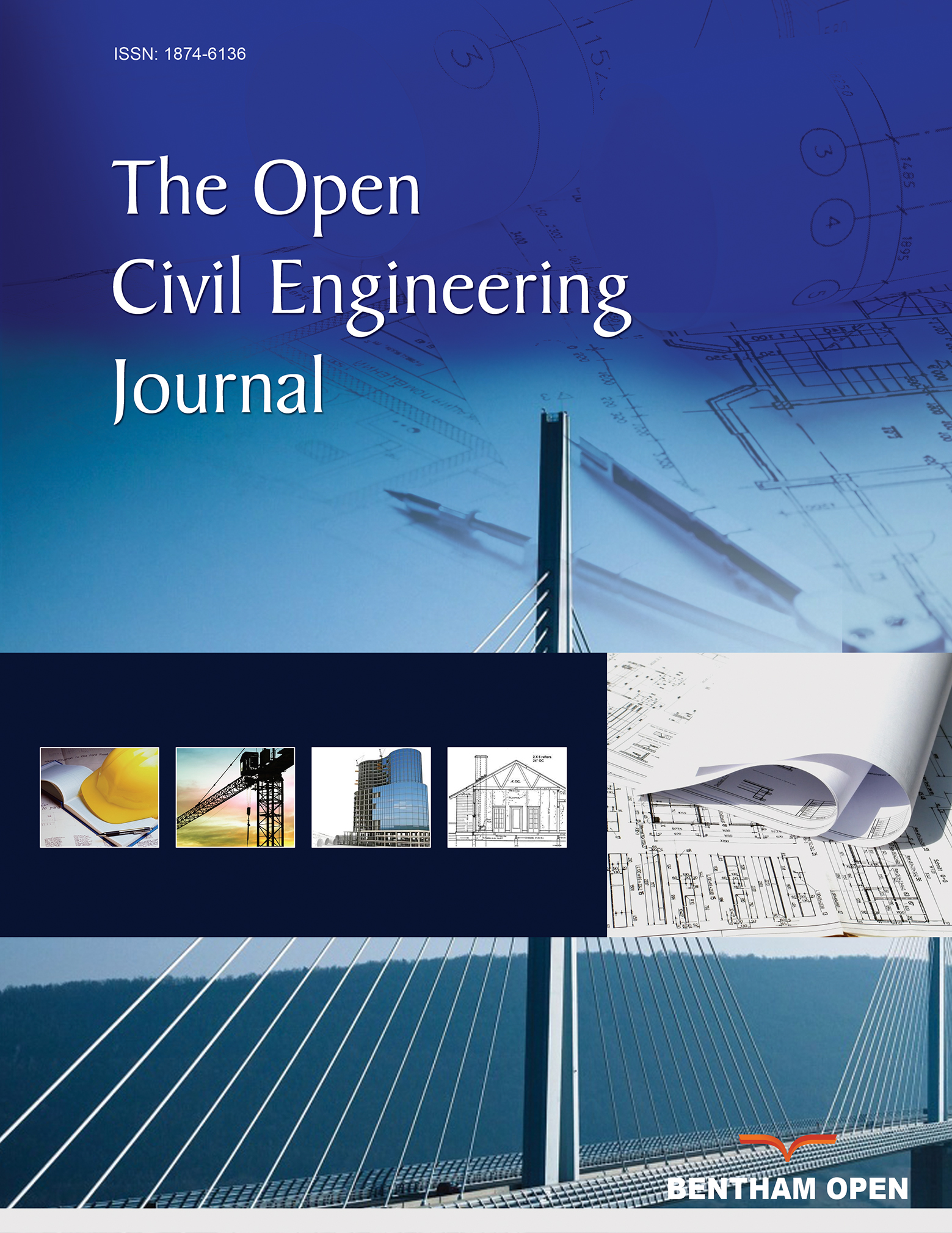All published articles of this journal are available on ScienceDirect.
Wind Wave Effects on Hydrodynamic Modeling of Ocean Circulation in the South China Sea
Abstract
Wind, wave and current interactions control the boundary fluxes, momentum and energy exchange between the atmosphere and the ocean, and within the water column. The wind wave effect on the circulation is investigated in a threedimensional time-dependant ocean circulation model. This POM (Princeton Ocean Model) based model is implemented with realistic coastlines in South China Sea and emphasizes the simulation of physical parameters in the water column. Taking account of the wind waves, an increase in air-sea drag coefficient, reflecting an enhanced sea surface roughness due to increased wave heights, is shown to improve the simulated surface current and the sea surface elevation. It is also found that developing waves with smaller peak periods influenced the surface circulation more significantly. The inclusion of the wind wave parameterization also affects the current near the seabed in the shallow water.
The model is validated against current, temperature and salinity data measured in the Asian Seas International Acoustics Experiment (ASIAEX). The simulation results in the period of April - May 2001 show that wave-induced surface stress increases the magnitude of currents both at the surface and near the seabed. On the other hand, wave-induced bottom stress retards the near bottom currents in shallow water. Therefore the net effect of wind waves on circulation depends on the significance of current and elevation changes due to wind waves through both the surface and the bottom.


